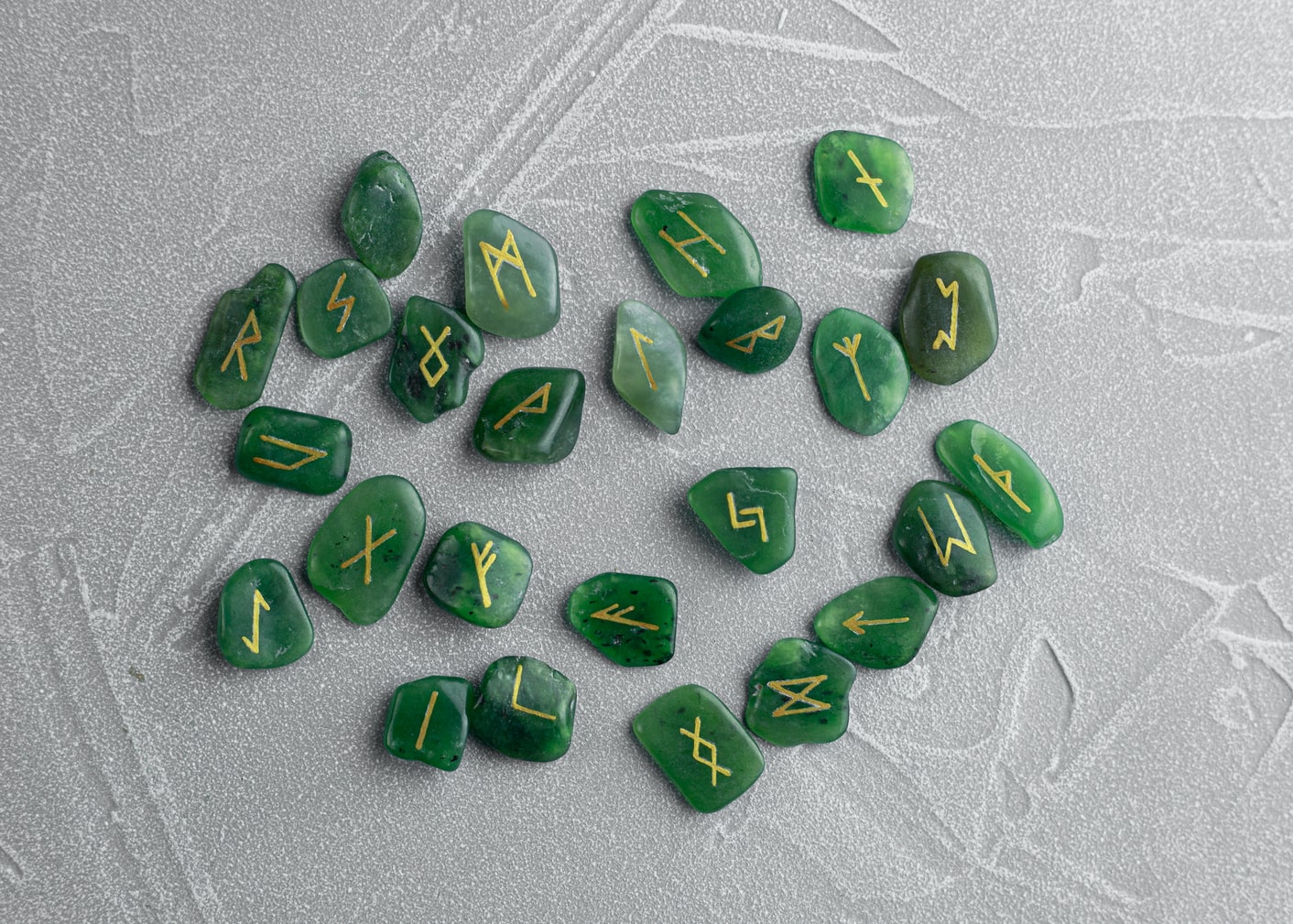Tourmaline is a semi-precious stone that has been prized since ancient times. It comes in various colors, including common shades such as neon green or pink and more unusual shades such as lavender and blue.
However, the most famous gemstones are a vivid electric blue color with a slightly greenish hue under daylight, sometimes referred to as Paraiba Tourmaline. This beautiful shade makes them highly sought after and therefore quite expensive – depending on brightness and saturation; they can sell for up to $20,000 per carat!
What is Paraiba Tourmaline?
While the specific origin of Paraiba tourmalines is unclear, they are all from one location – the state of Rio Grande do Norte in Brazil. They are mined from a former pegmatite field, and there is strong evidence to suggest that the color originates from natural radiation within the host rock.
This mix of uranium, tantalum, and other elements interact with trace amounts of aluminum, copper, manganese, or chromium in tourmaline crystals to give them their unusual blue coloration.
For hundreds of years, commercial mining has been underway, but only recently have gem-quality stones become available on an industrial scale. Nowadays, Paraiba tourmalines are sourced solely from one area in Brazil, mostly by professional dealers who usually cut the stones themselves and sell their items in bulk at a 1000 lb scale.
What Causes Paraiba Tourmaline Color?
The exact process of forming light blue color is still under debate, but copper seems likely to play a role. Copper ions are thought to produce a purple coloration in tourmalines through electron transfer, and this may be why some Paraiba tourmalines have lavender streaks or patches.
The formation of Paraiba tourmaline’s characteristic blue hue arises when electrons (associated with copper) move from one energy level (known as an “excited state”) to another lower energy level within the same atom. This electron transition produces the specific wavelength associated with the color blue.
Paraiba Tourmaline Properties
Paraiba tourmalines typically display pleochroism (meaning they appear different colors when viewed from different angles) with distinct violet/purple, greenish-blue and bluish-green colors. In addition, they are usually transparent to translucent, rarely opaque.
Paraiba Tourmaline In Jewelry
Paraiba tourmaline is most often cut into ovals and pears but can also be fashioned into marquise, rounds, and other shapes. In addition, they are usually faceted in a step-cut style similar to diamonds, which enhances the color through the reflective properties of the stone’s many facets.
A flat pavilion (the lower portion of a gemstone) can create an optical illusion that makes Paraiba appear more deeply colored than they actually are. A brilliant-cut with steep pavilion angles will help accentuate Paraiba’s natural color play by maximizing reflected light.
As with any kind of jewelry making, people use different techniques and equipment to design paraiba tourmaline rings and necklaces. While some craft their pieces by hand, others use industrial machines to cut and grind their gems.
Even the tiniest details make significant differences in the finished product; for example, it’s common now for paraiba tourmaline jewelry makers to drill holes through gemstones to allow light to pass through them (instead of using open-back settings fail to show off the stone properly). This is especially important with Paraiba because they are relatively opaque.
The Importance Of Gem-Cutting
You must meticulously well plan gem-cutting techniques for any kind of jewelry making. Gems that are not shaped or polished perfectly will appear flawed or dark when mounted into a piece of jewelry, so each detail must be considered before construction begins.
Paraiba tourmaline materials are becoming increasingly popular with jewelers, and their unique colors make them a popular choice for many types of jewelry designs.
Final Words
While Paraiba tourmaline was used as a decorative stone as early as the 17th century, it wasn’t until recently that it became famous worldwide. This gemstone is best known for its intense blue color and can be cut in all shapes and sizes. The finest stones will display a vivid sky-blue color with no green or purple component!

